The World’s Strongest Beer Will Make Your Tongue Go Numb

Beithir Fire, the world’s strongest beer, comes with a warning label urging consumers ‘not to exceed 35ml in one sitting’ because of the incredibly high alcohol content. All alcoholic drinks should be consumed in moderation, but that goes double for extreme concoctions like Beithir Fire, a beer so strong it reportedly makes your tongue go […]
Fish the Size of a Human Fingernail Is as Loud as a Jet Engine
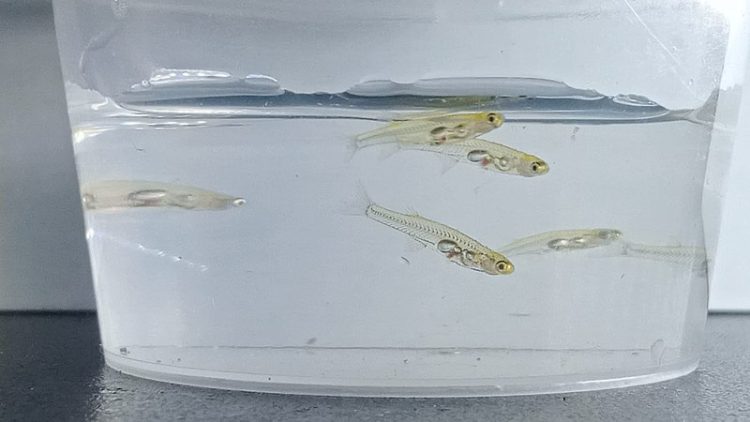
Danionella cerebrum, a translucent fish only 12mm in size can produce sounds exceeding 140 dB, comparable to the sound perceived by a person standing 100 m from a passenger jet during take-off. Danionella cerebrum fish were originally identified in the 1980s, but the species was officially recognized in 2021 after scientists discovered subtle physical differences […]
The World’s Smallest Prison Consists of Only Two Tiny Cells

The Island of Sark, the smallest of the Channel Islands located between France and England, is home to the world’s smallest prison still in use today – a tiny building with only two cells. There are no cars, no roads and no streetlights on Sark Island, but there is a small prison dating back to […]
World’s Largest Passenger Elevator Can Carry Up to 235 People at a Time

Roughly the size of a studio apartment, the world’s largest passenger elevator weighs a whopping 16 tons, is supported by 9 steel cables, and can accommodate up to 235 people at a time. In 2022, Finnish elevator company KONE installed the world’s largest passenger elevator inside the Jio World Center building in Mumbai, India. Designed […]
The World’s Smallest National Border is Only 85 Meters Long
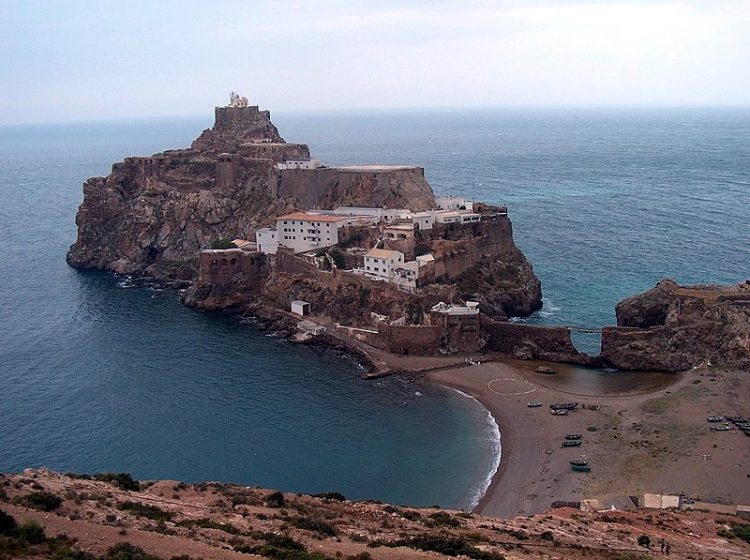
Peñón de Vélez de la Gomera, a small rock in northern Africa conquered by Spain in 1564, holds the title for the world’s smallest national border, measuring just 85 meters in length. Spain has almost 2000 kilometers of land borders with Portugal and France, but it also has much smaller borders with countries like Andorra, […]
The Tale of Frank Hayes, the Only Jockey to Win a Horse Race While Dead

Frank Hayes is believed to be the only jockey in history to win an official horse race while dead. He suffered a heart attack while competing at New York’s Belmont Park in 1923. According to Frank’s mother, the young stable boy and apprentice jockey had always been fond of hoses and dreamed of one day […]
China Builds World’s Deepest Underground Laboratory to Study Dark Matter

Located 2,400 meters under the Earth’s surface, the Deep Underground and Ultra-low Radiation Background Facility for Frontier Physics Experiments (DURF) is the world’s deepest underground laboratory. In December 2020, Tsinghua University and Yalong River Hydropower Development Company, Ltd. began work on a daring project under Jinping Mountain in Sichuan’s Liangshan Yi Autonomous Prefecture. Designed to […]
The World’s Strongest Animal Can Lift 1,180 Times Its Own Body Weight
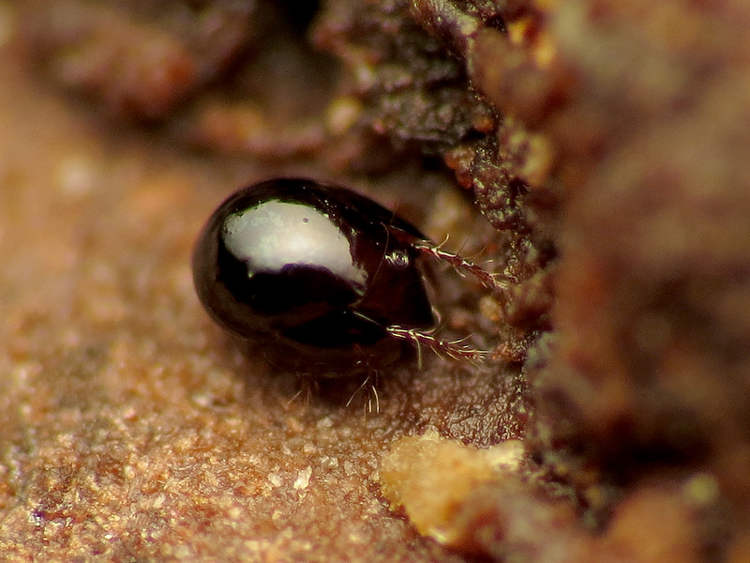
Measuring about 1 millimeter in size, the oribatid mite or armored mite is recognized as the strongest creature on Earth. It can lift over 1,000 times its own body weight. For us humans, being able to lift even double our own body weight is an impressive athletic achievement, but that pales in comparison to the […]
This Old Stamp Is the World’s Most Expensive Object by Weight

It’s hard to believe that a humble stamp could be considered exorbitantly expensive, but at $8.5 million, this 1856 postage stamp is considered the world’s most expensive object by weight. The world is full of valuable objects, from jewelry to rare artworks, but when it comes to value per gram, nothing even comes close to […]
In the Coldest Place on Earth Temperatures Drop to Minus 135.8 Degrees Fahrenheit

According to NASA Earth Observatory satellites, the coldest place on Earth is a mountain ridge on the East Antarctic Plateau where temperatures can drop to -135.8 degrees Fahrenheit (-93.2 degrees Celsius). For the past week, much of the US has been affected by an extreme winter storm that brought massive snowfalls, destructive winds, and freezing […]
The World’s Fastest Animal Reaches Speeds of Over 300 Km Per Hour

Cheetahs are famous for their speed, but they don’t even come close to the world’s faster animal, a falcon that swoops on its unsuspecting prey at speeds of over 300 km per hour. The peregrine falcon is one of the most efficient predators on Earth, and it owes much of that efficiency to its unrivaled […]
Honeypot Ants – The World’s Only Honey-Producing Ants
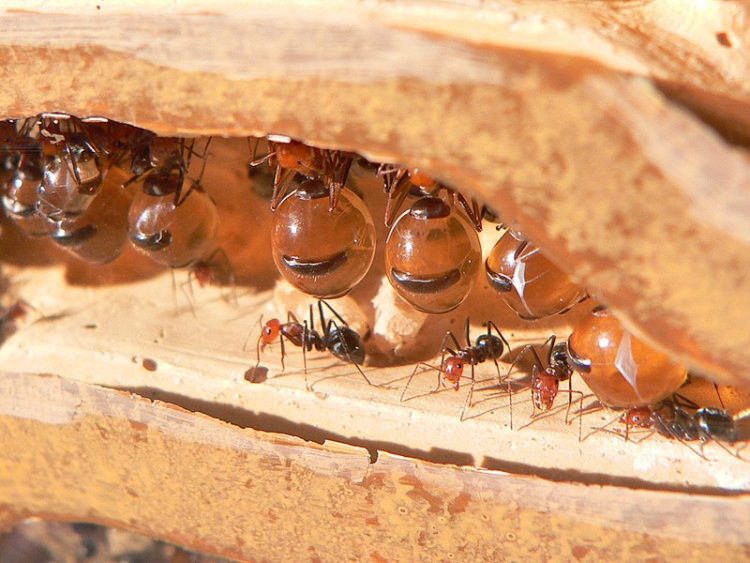
Honeypot Ants, or honey ants, are specialized workers of several species of ants whose sole job is to gorge on nectar until they become living honey-storage. Did you know that honeybees aren’t the only insects capable of producing the sweet, viscous, and brown-to-golden-colored natural product we know as honey? Several other species of bees, as […]
Pheasant Island – A Small Patch of Land That Changes Country Every Six Months
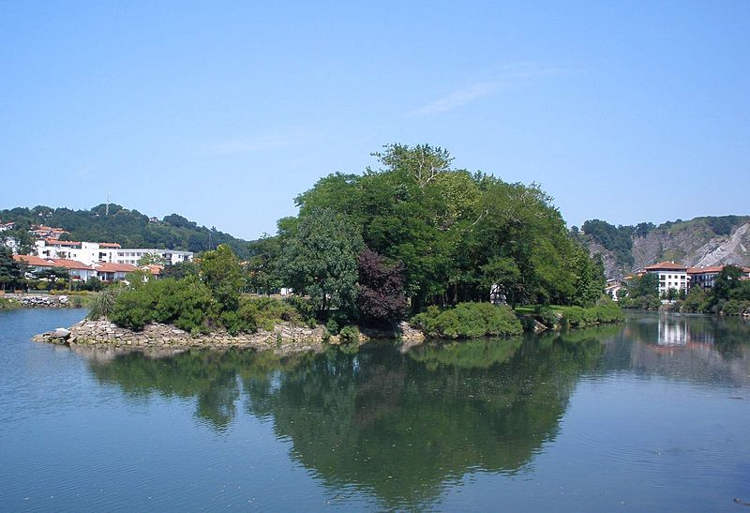
Pheasant Island is a tiny island on the border between Spain and France that alternates ownership status between the two countries every six months. Located on the Bidasoa River, the natural border between Spain and France, Pheasant Island is a deserted patch of land with a rather fascinating history and political status. It might not […]
